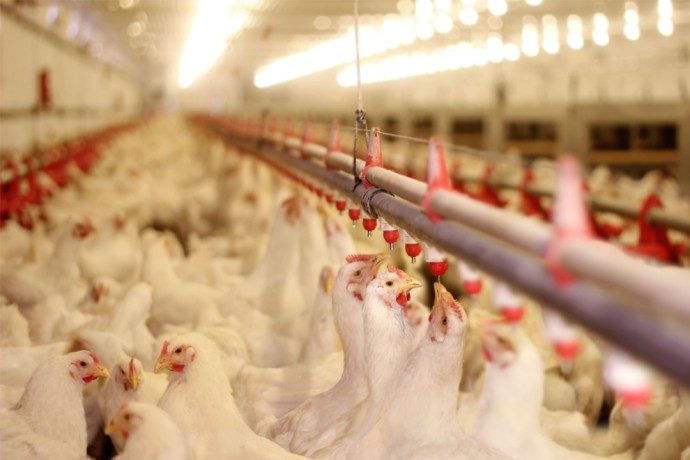UTRECHT, NETHERLANDS – With rising feed prices earlier in 2022, ongoing inflation across the world and widespread cases of highly pathogenic avian influenza (HPAI), the global outlook for poultry in the fourth quarter of the year and into the first quarter of 2023 is a bright spot compared to other proteins. According to Rabobank’s Q4 report, poultry’s affordability is appealing to most consumers.
“Chicken will be the best-positioned protein due its low price position in times of pressure on consumer spending power,” the report said. “However, with current major cost inflation and supply chain disruptions, the industry should try to keep offering affordable solutions to consumers to reduce the risk of major demand liquidation.”
After a challenging first half of 2022, the poultry market in China is rebounding, due in part to some meat supply and promising demand trends even in the face of lingering COVID-19 restrictions in that country. Meanwhile, demand is outpacing supply in Japan, where strong prices and limited stocks challenge producers to keep pace.
Global breeding supplies are being hindered by COVID restrictions and AI precautions in Africa, Latin America and the Middle East.
“Countries in Southeast Asia, like Vietnam, Malaysia, Bangladesh, and Indonesia, face high local prices, which has led to government intervention, for example in Malaysia, to restrict exports,” the report said.
Brazil has been an anomaly, however, as higher prices and lower feed costs, haven’t been enough to offset lackluster local market conditions in the face of increasing supplies.
With an economy in the coping mode in the face of global inflation, the appeal of bang for the buck is in poultry’s favor compared to the other proteins. Analysts are not ruling out another COVID-19 disruption that could behoove consumers to pull in the oars again and transition to eating more meals at home.
“However, some setback in profitability has been seen in the bullish North American markets due to rising supply. European prices have stayed high due to production remaining below 2019 levels,” explains Nan-Dirk Mulder, senior analyst of animal protein at Rabobank.
Looking ahead, factors that could pose challenges for the meat and poultry sector include energy, labor, transportation and feed costs. Higher costs for production and storage could be exacerbated by the threat of shortages of resources like packaging supplies and CO2.
Constrained poultry supplies are expected to be the result of continued AI outbreaks and trade implications and across-the-board cost increases, which is expected to work in favor of poultry companies.
“Most markets are therefore expected to stay above breakeven, with especially strong conditions in the EU, Southeast Asia, and Latin America,” said the Rabobank report. “Brazil, the US, and China are also expected to keep producing above breakeven levels.”


